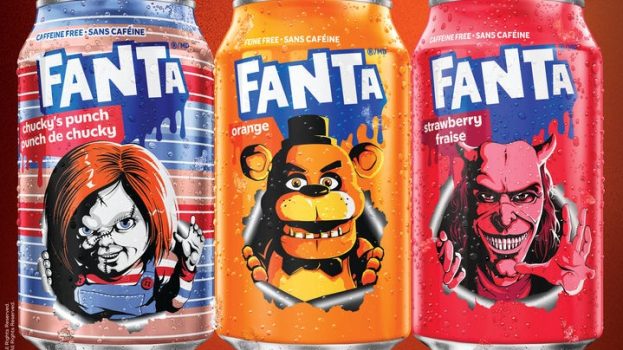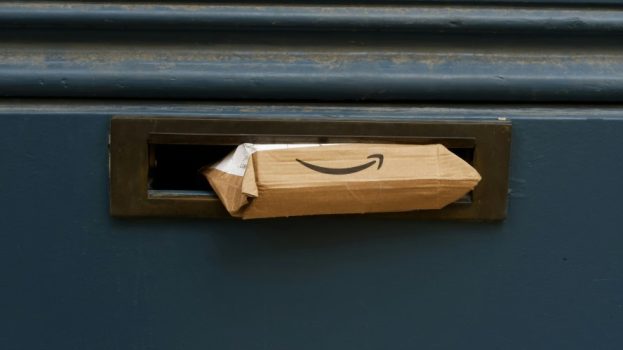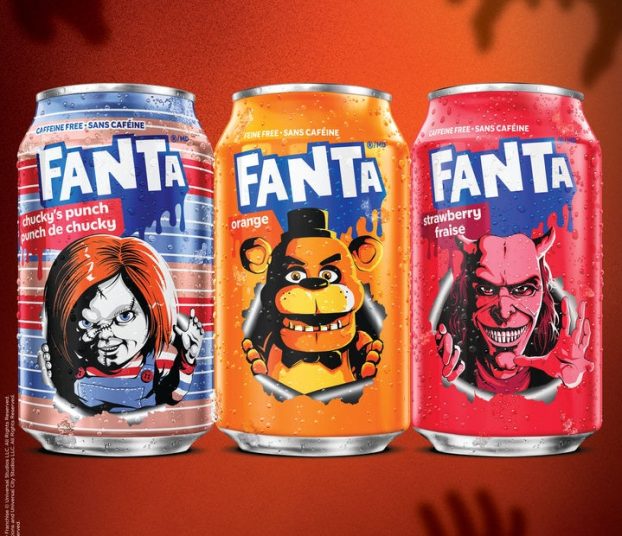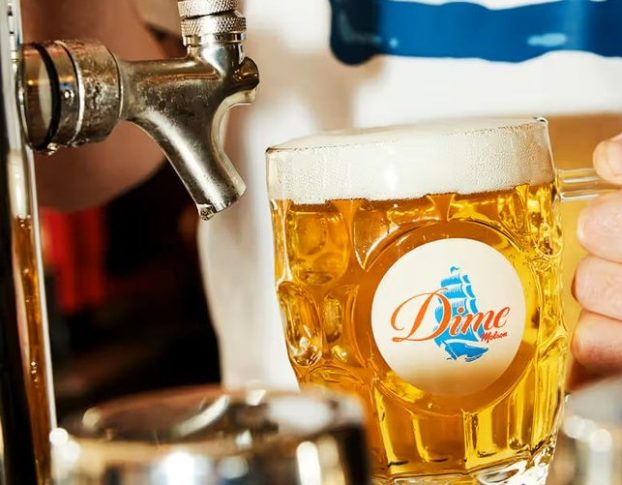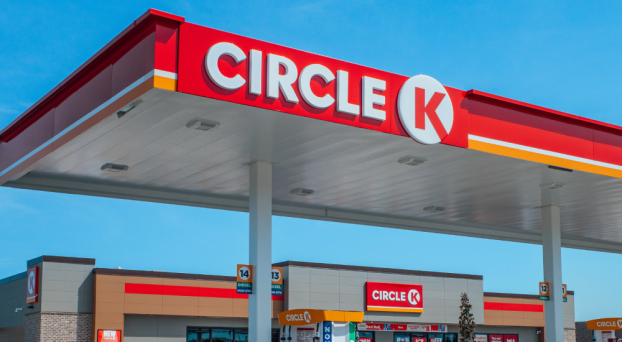Kraft Heinz had double digit growth in Canada in Q2 and is promising a bigger media spend in the second half of the year, one of many major CPG and food companies that are looking to get back to spending.
Yesterday, Kraft Heinz reported a net quarterly loss of US$1.65 billion, driven by a nearly $3 billion write-down on the value of some of its iconic brands. However, Kraft Heinz reports that in Canada, it had double-digit growth and gained share in 80% of its retail categories as the team invested to strengthen brand relevancy in areas like peanut butter, pasta sauce and Kraft dinners. CEO Miguel Patricio says the Kraft Heinz Canada team delivered 2% organic growth, with “pricing turning positive for the first time in seven quarters and retail consumption growth in every category.”
Meanwhile, despite the downturn, he promised that across geographies, there will be a big increase in media spend in the second half of the year, but Patricio qualified the statement, saying the brand will “compensate that big increase with reduction on other parts of the marketing investment.” He did not specify where those compensations would come from, but said that changes to expenditures would not be material, even as the degree to which consumers see its marketing increases.
That focus is on top of ongoing changes to its marketing approach that have not changed with the pandemic, and in the previous quarter included hiring new heads of marketing in each of its geographic regions.
“We want to be much better in marketing and in consumer insight, in innovation, in communication,” he says.
The increase in marketing for the second half of 2020 is something some of the biggest marketing spenders have pegged as a priority for the remainder of the year. In an earnings call earlier this week, Chris Kempczinski – president and CEO of McDonald’s – said the QSR has “amassed a sizable marketing war chest to invest in the back half of 2020” after a 70% decrease in marketing spend in the U.S. due to COVID. Those funds will now be reinvested in Q3 and Q4 in both the U.S. and international markets to help it boost its path to recovery – total sales fell 30% in Q2 compared to the same period a year ago, resulting in net income slumping by 68% to $483.8 million.
Part of its strategy with that redeployment, Kempczinski says, will be a “rededication from a marketing and investment standpoint to go after breakfast,” where the QSR is growing its market share.
In Q2, Unilever dialled back brand marketing investment tailored food service by 40% due to restaurant closures and in ice cream by 30% due to the significant declines in out-of-home ice cream consumption, partially offset by increases in categories like skin cleansing, home and hygiene. It also halted out-of-home spending entirely.
That was part of an approach, CEO Alan Jope said, that was based on being dynamic and responsive to market needs and demand. Now it is taking that same approach as it looks to get back to spending.
For example, while underlying sales were flat at a 0.1% decline in the first half of the year, Jope reports that e-comm now represents 12% of North American sales in the first half, doubled from 6% in 2018. He says that as part of its primary growth fundamentals, it is ensuring “innovation and marketing activity are well-designed for e-commerce.”
“Online shopping, especially online grocery shopping, will not revert to pre-COVID levels once social restrictions are no longer in place,” Jope says. In a recession, he says, the role of price, value and affordability is key and consumers are switching brands in pack sizes as people look to shop smart. But it’s not just about a race to the bottom, Jope emphasizes, but about enforcing brand affinity with purposeful communications that are focused on doing good.
“It’s never been more relevant for brands to demonstrate their positive contribution to society and address the issues that our consumers care about in an authentic way,” Jope says. “So we’re investing more of our marketing spend on communication, which is explicitly purposeful.”



